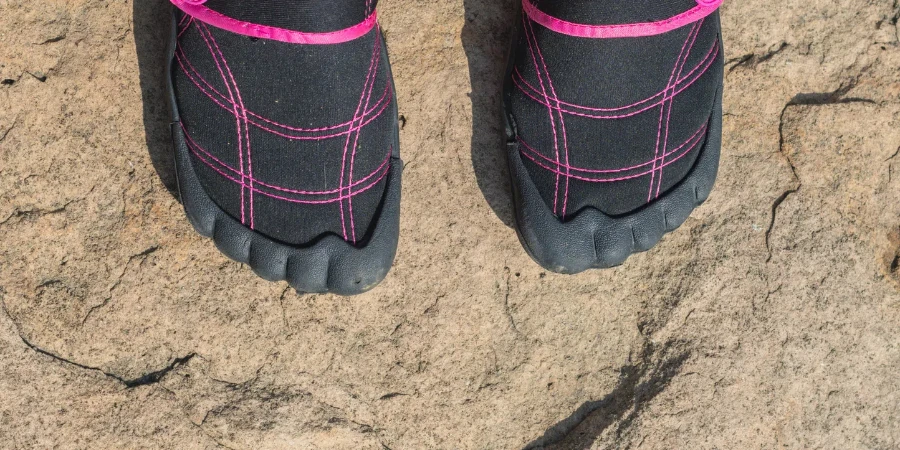Wide toe shoes are revolutionizing the footwear industry by prioritizing comfort and health. As consumers become more conscious of their well-being, the demand for shoes that offer ample space for toes is on the rise. This article delves into the market dynamics, key players, and regional trends shaping the wide toe shoe market.
Table of Contents:
– Market Overview
– Innovative Designs for Wide Toe Shoes
– High-Quality Materials and Durability
– Technological Advancements in Wide Toe Shoes
Market Overview
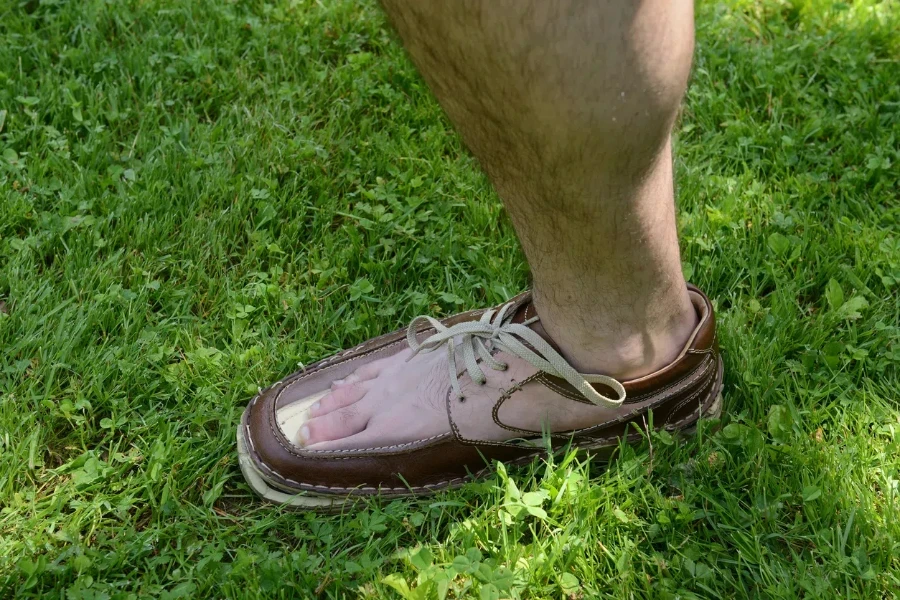
Growing Demand for Comfort and Health
The global footwear market is experiencing a significant shift towards comfort and health, with wide toe shoes at the forefront of this trend. According to Research and Markets, the global footwear market size reached USD 243.6 billion in 2023 and is projected to grow to USD 332.3 billion by 2032, exhibiting a CAGR of 3.51% during 2023-2032. This growth is driven by the increasing demand for superior quality footwear that prioritizes comfort and health.
Wide toe shoes are designed to provide ample space for the toes, reducing the risk of foot problems such as bunions, hammertoes, and plantar fasciitis. As more consumers become aware of the health benefits of wide toe shoes, the demand for these products is expected to rise. The growing aging population and the increasing prevalence of foot-related health issues are also contributing to the market’s growth.
Key Players and Market Segments
The wide toe shoe market is characterized by the presence of several key players who are driving innovation and competition. Companies such as Xero Shoes, Altra Running, and Vivobarefoot are leading the charge in the wide toe shoe segment. These brands are known for their commitment to providing comfortable and health-focused footwear options.
Xero Shoes, for instance, has gained popularity for its minimalist designs that promote natural foot movement. Altra Running is renowned for its wide toe box and zero-drop platform, which encourages proper alignment and reduces the risk of injuries. Vivobarefoot, on the other hand, focuses on creating shoes that mimic the natural shape of the foot, providing maximum comfort and flexibility.
The market is segmented into various categories based on product type, material, distribution channel, pricing, and end-user. Non-athletic footwear, including casual and formal shoes, represents the largest segment due to the increasing influence of fashion trends and the demand for comfortable everyday wear. Athletic footwear, which includes running shoes and sports-specific shoes, is also gaining traction as more consumers adopt active lifestyles.
Regional Trends and Preferences
The demand for wide toe shoes varies across different regions, influenced by cultural preferences, lifestyle choices, and economic factors. According to Research and Markets, North America is the largest market for footwear, driven by the high disposable income levels and the launch of innovative product designs. The region’s focus on health and wellness has also contributed to the growing popularity of wide toe shoes.
In Europe, the market is characterized by a strong emphasis on sustainability and eco-friendly choices. Consumers in this region are increasingly opting for footwear made from sustainable materials, such as recycled plastics and organic cotton. Brands that prioritize environmental responsibility are gaining a competitive edge in the European market.
The Asia-Pacific region is witnessing rapid growth in the footwear market, driven by the expanding middle-class population and rising disposable incomes. Countries like China, India, and Japan are experiencing a surge in demand for wide toe shoes as consumers become more health-conscious and seek comfortable footwear options. The development of modern retail formats, such as shopping malls and specialty footwear stores, has also facilitated increased footwear sales in the region.
Innovative Designs for Wide Toe Shoes
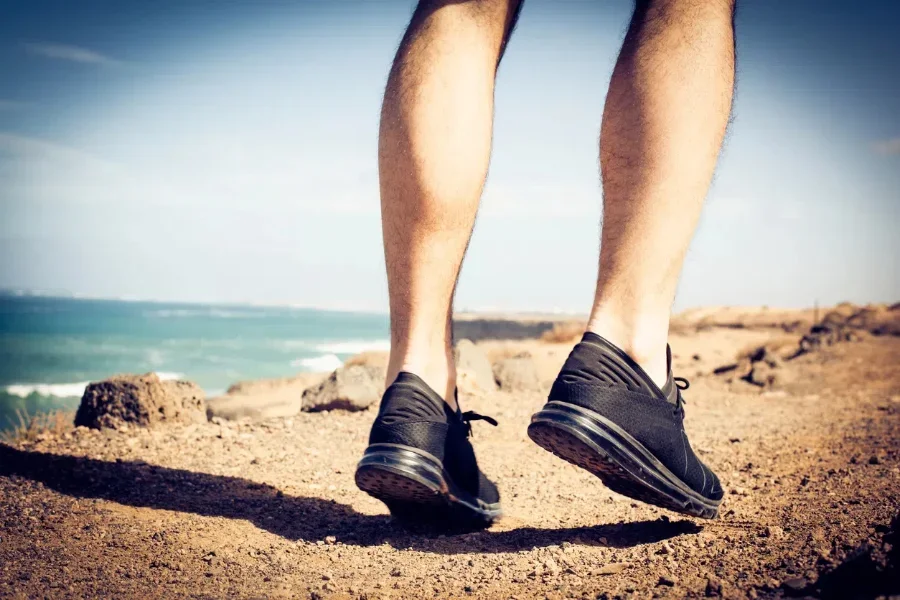
Ergonomic and Aesthetic Appeal
Wide toe shoes have come a long way from being merely functional to becoming a blend of ergonomic design and aesthetic appeal. The primary goal of these shoes is to provide ample space for the toes to splay naturally, which is crucial for comfort and foot health. Brands like Altra and Topo Athletic have gained popularity among thru-hikers for their roomy toe boxes. These designs not only accommodate swelling during long hikes but also encourage natural toe splay, reducing the risk of blisters and pressure points.
The aesthetic appeal of wide toe shoes has also seen significant improvements. Modern designs incorporate sleek lines, vibrant colors, and stylish patterns, making them suitable for both outdoor adventures and casual wear. The Traverse by Topo Athletic, for instance, combines a high-performance feel with a snug midfoot, offering both functionality and a visually appealing design. This balance between ergonomics and aesthetics ensures that wide toe shoes are not only comfortable but also fashionable.
Customization Options for Unique Needs
Customization is another innovative aspect of wide toe shoes. Many brands now offer options to tailor the fit and features of the shoes to meet individual needs. For example, the “Best Women’s Hiking Shoes of 2024” report highlights the Ghillie lacing system in Altra’s Lone Peak, which allows for a more customizable fit. This system includes optional pull-through points that enable users to adjust the tightness and support according to their preferences.
Additionally, aftermarket insoles have become a popular customization option. As reported by the same source, replacing stock insoles with models specific to one’s foot size and shape can significantly enhance comfort and support. Brands like Superfeet offer a wide selection of insoles that can improve the fit under the arch, increase or decrease cushion, and enhance impact absorption. These customization options ensure that wide toe shoes can cater to a diverse range of foot shapes and conditions, providing a personalized fit for every user.
High-Quality Materials and Durability
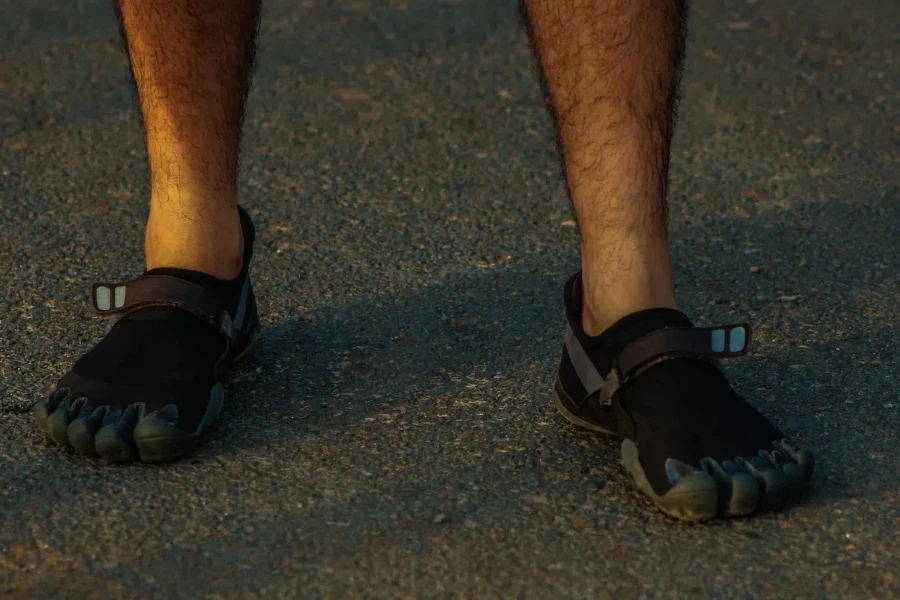
Sustainable and Eco-Friendly Choices
Sustainability has become a key focus in the footwear industry, and wide toe shoes are no exception. Manufacturers are increasingly turning to eco-friendly materials and practices to reduce their environmental impact. Brands are using recycled and recyclable materials for various components, including laces, linings, foam midsoles, and rubber outsoles. This shift towards sustainable design not only helps protect the planet but also appeals to environmentally conscious consumers.
Durability is another important aspect of sustainable footwear. Shoes that last longer reduce the need for frequent replacements, thereby minimizing waste. The La Sportiva TX4 Evo, for example, is designed to be resoled, extending its lifespan and reducing its environmental footprint. Additionally, services like Danner’s Recrafting offer to rebuild and resole footwear, keeping them in use and out of landfills. These sustainable and durable choices ensure that wide toe shoes are not only good for the feet but also for the environment.
Long-Lasting Performance
The performance of wide toe shoes is closely linked to the quality of materials used in their construction. High-quality materials ensure that the shoes can withstand the rigors of outdoor activities while providing lasting comfort and support. The “Best Women’s Hiking Shoes of 2024” report highlights the use of tightly woven, abrasion-resistant mesh uppers and rock plates in models like the Topo Athletic Traverse. These features protect against harsh impacts and enhance the shoe’s durability.
Moreover, the use of advanced rubber compounds, such as Vibram Megagrip outsoles, provides excellent traction and stability on various terrains. This combination of durable materials and innovative design elements ensures that wide toe shoes offer long-lasting performance, making them a reliable choice for outdoor enthusiasts.
Technological Advancements in Wide Toe Shoes
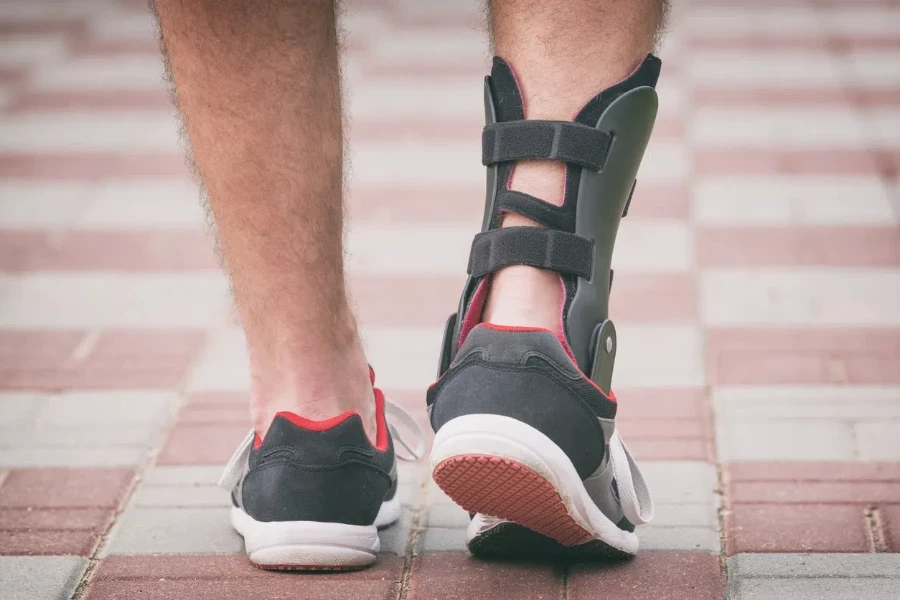
Enhanced Comfort Features
Technological advancements have significantly improved the comfort features of wide toe shoes. Modern designs incorporate various technologies to enhance cushioning, support, and overall comfort. For instance, Merrell’s latest iteration of the Moab Speed 2 utilizes 30% more foam in the midsole, resulting in a cushier and less rigid feel. This increased cushioning helps absorb impact and reduces fatigue during long hikes.
Another notable advancement is the use of zero-drop designs, popularized by brands like Altra. These designs feature a flat footbed that allows the foot to stay in its naturally prone and splayed position, providing ergonomic support and reducing the risk of discomfort and injuries. The Lone Peak, a flagship model by Altra, is renowned for its extra-roomy toe box and flat footbed, making it a favorite among hikers with wide or finicky feet.
Safety and Support Innovations
Safety and support are critical considerations in the design of wide toe shoes. Technological innovations have led to the development of features that enhance the safety and stability of these shoes. Protective toe caps are a common feature in hiking shoes, providing essential protection against rocks, roots, and other potential hazards on the trail. Models like the La Sportiva TX4 Evo offer exceptional protection with a standard wraparound rubber rand and stiff midsole and outsole.
Additionally, advancements in outsole technology have improved the traction and stability of wide toe shoes. The use of high-performance rubber compounds, such as Vibram Megagrip and Salomon’s Contagrip, ensures reliable grip on various surfaces, reducing the risk of slips and falls. These safety and support innovations make wide toe shoes a dependable choice for outdoor activities, providing the necessary protection and stability for a safe and enjoyable experience.
Conclusion
The evolution of wide toe shoes reflects a blend of ergonomic design, aesthetic appeal, and technological advancements. With a focus on customization, high-quality materials, and sustainable practices, these shoes cater to the unique needs of individuals while promoting environmental responsibility. As technology continues to advance, we can expect even more innovative features that enhance comfort, safety, and performance. The future of wide toe shoes looks promising, offering a perfect balance of style, functionality, and sustainability for outdoor enthusiasts and everyday users alike.
